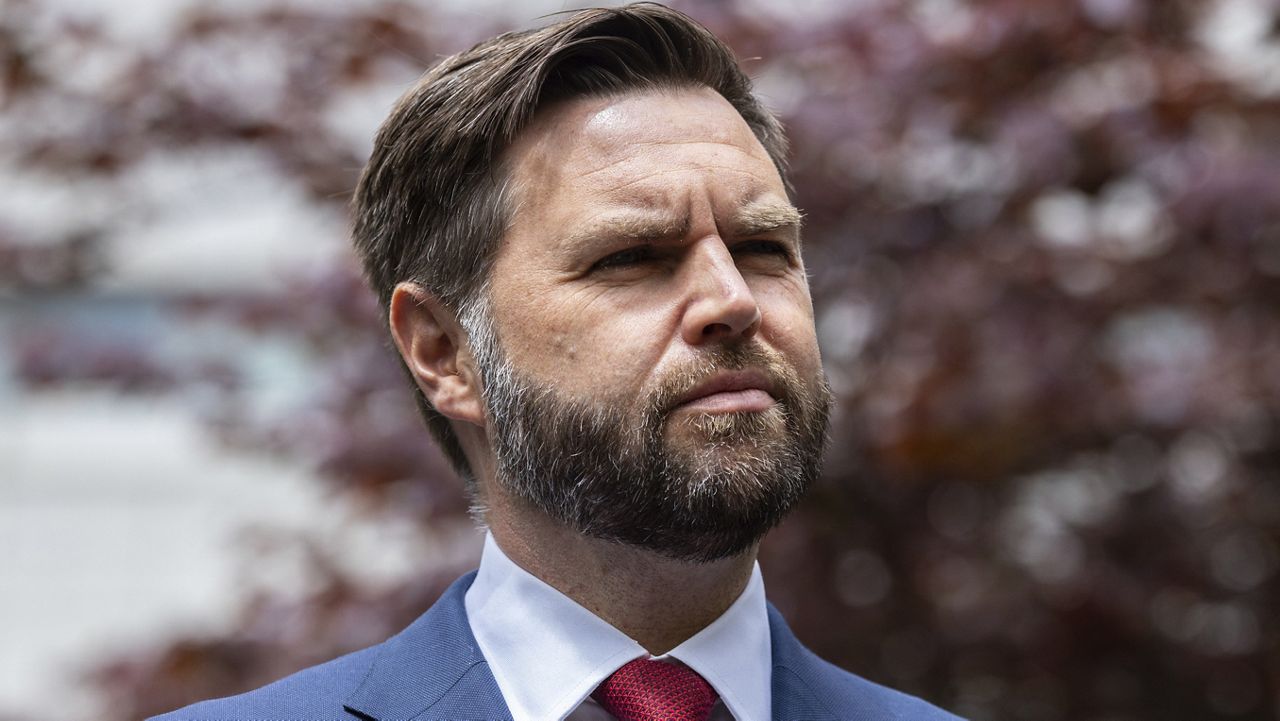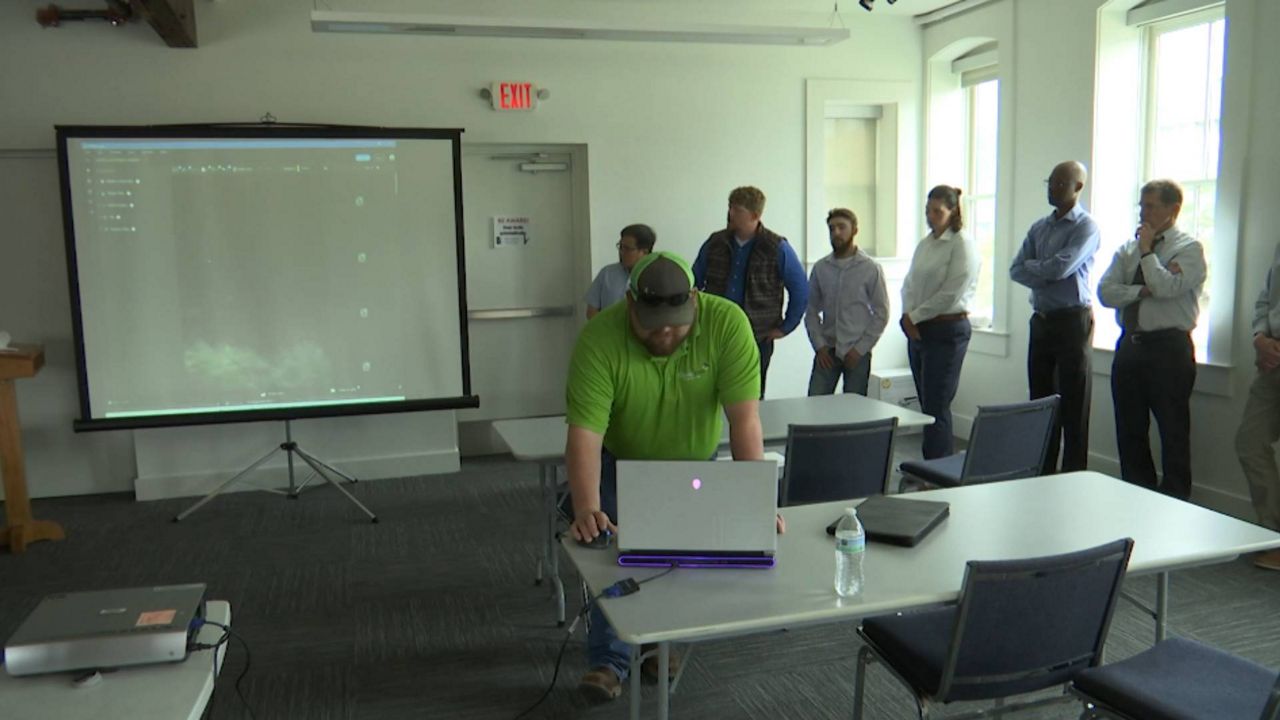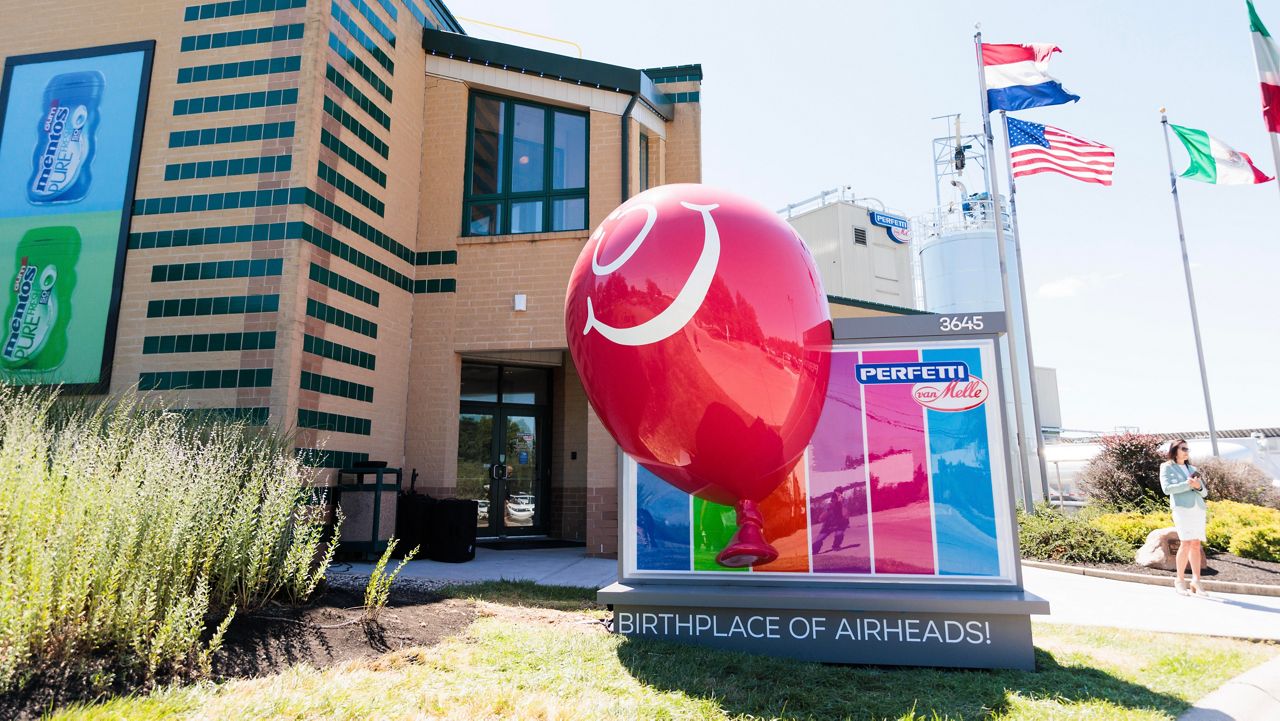COVINGTON, Ky. — The Covington Police Department is trying to build trust with the people it serves. Community liaison officers aren’t new to the department, but they’re now being given more freedom to focus on community events rather than patrols.
The department is hopeful this will lead to people feeling more comfortable around cops and promote better police work.
Sgt. Rachel White knew from a young age she wanted to help people. All it took was one ride along with a police officer to know that would be how.
Being around cops just felt right to her. But that’s sadly not the case for a lot of people.
“We are part of the community, and a lot of times, people don’t see it that way,” White said. “I would love for that perception to change. When we pull up, I want people to not get anxious or have any fear, but think, ‘They’re here to help us.’”
She’s been with the Covington Police Department for seven years. Early on, she learned that making herself available to the people she was protecting made her a better cop. In 2020, she joined the community liaison unit.
“Kids were remembering me. They would see months later. And they would yell, ‘Hi, officer Rachel!’ And that kind of helped me realize that this was probably what I was kind of made to do here. And as soon as I got into it, I loved every moment of it,” she said.
A liaison officer’s job, in addition to their normal police duties, is to build up community relationships, often at events like a back-to-school welcome at Glenn O. Swing Elementary, where White was joined by Officer Joshua Knott. Those kinds of events are Knott’s favorites.
“If you’re having a rough day, a bad day, seeing a kid smile, that turns my day. It’s a positive,” Knott said.
The problem was, sometimes White and Knott wouldn’t make it to these events in the past.
“There’s many times that we would be going to a meeting, or an event that someone was holding that they invited us to. We would get a call over the radio, we’d have to respond and help out. Sometimes we would still be able to make it, just late. Other times we’d have to miss it completely,” White said.
Now, they’ll be able to turn those radios off, except for all-hands-on-deck emergencies.
The community liaison unit, led by White, has been elevated and formalized to become its own separate branch within the department’s D-Team bureau. So liaison officers can focus on the community more than ever before.
“Unfortunately, we’ve had some pretty bad incidents where I’m on scene, yeah we have a witness, but they’re not very forthcoming. Hopefully, this would build those relationships, those gaps, where they say, ‘Hey, Sgt. White, Officer Knott, they were nice, let me give this other officer a chance,’” Knott said.
White said it’s allowing people to get to know officers better.
“Come out and talk to us, get more comfortable with us. That’s going to increase their trust in us,” she said. “Break down those barriers. Create better lines of communication with everyone.”
White said those lines of communication have helped improve the department’s police work greatly, and she expects it will only improve moving forward. Lt. Justin Bradbury agreed.
“Policing is a problem solving job, right? And so one of the best ways we can do that is form a partnership with people in the community. If we have that partnership, there’s better communication, they’re more likely to come to us because of the trust we built,” Bradbury said.
Bradbury said the community liaison unit will help the D-Team take a look at events and geographic areas to identify trends to try to predict what happens next and where, so the department can better allocate resources to prevent crime and more quickly solve cases.








